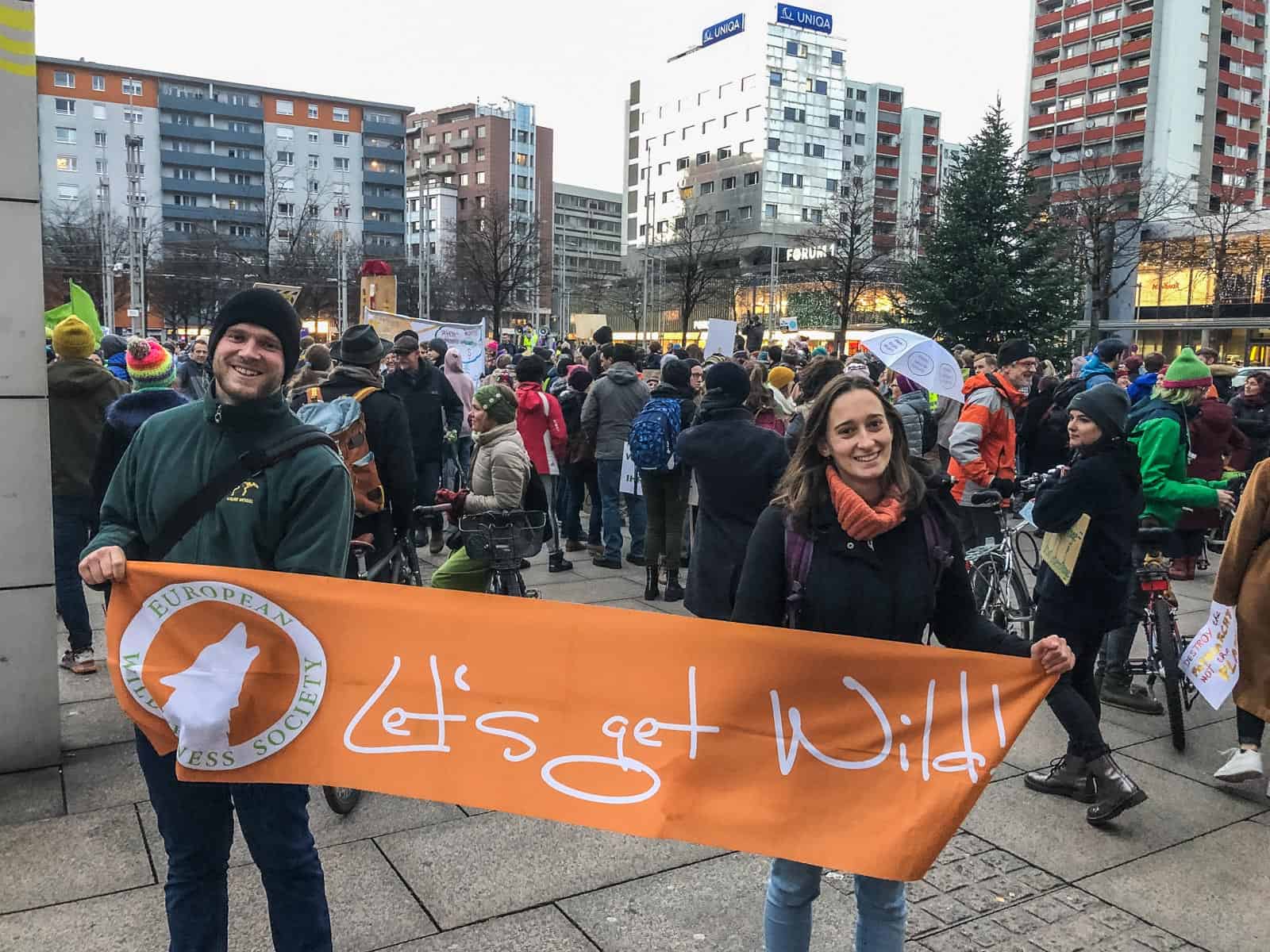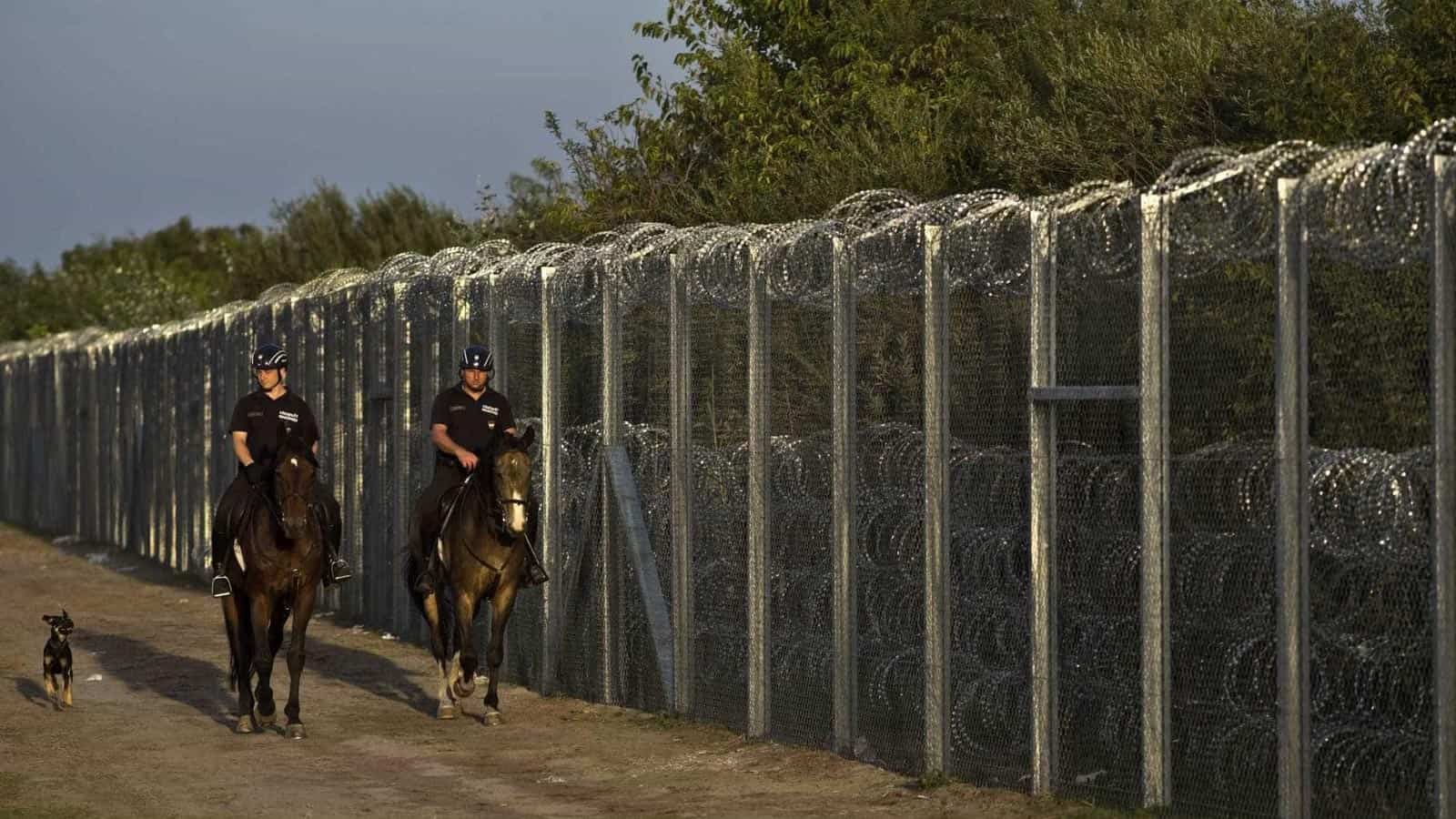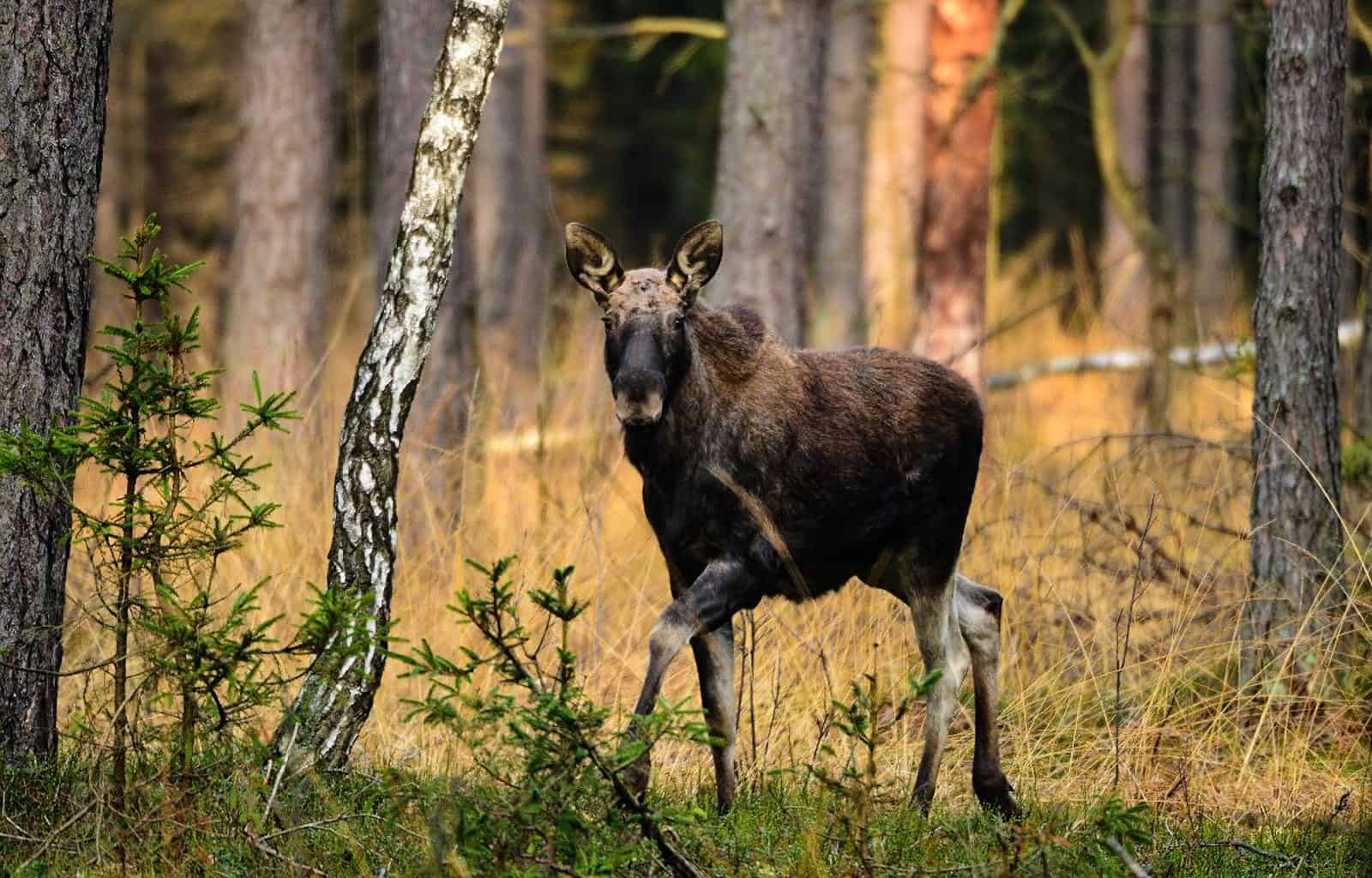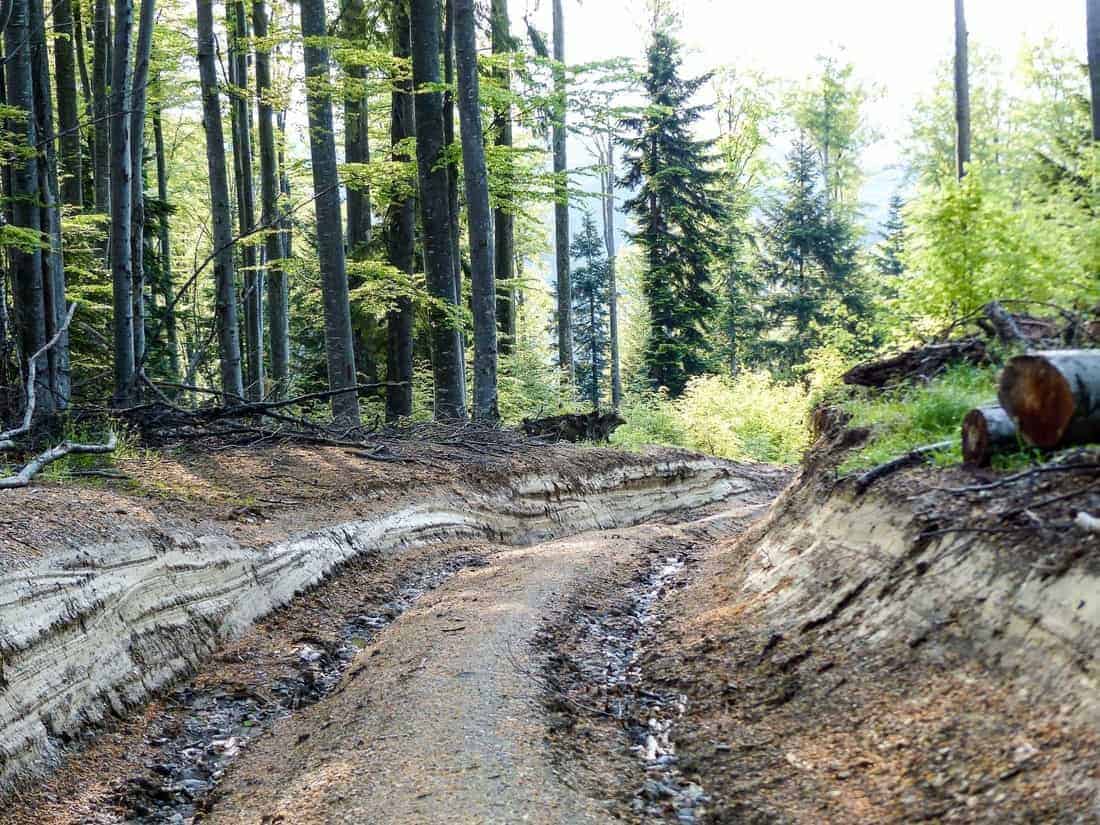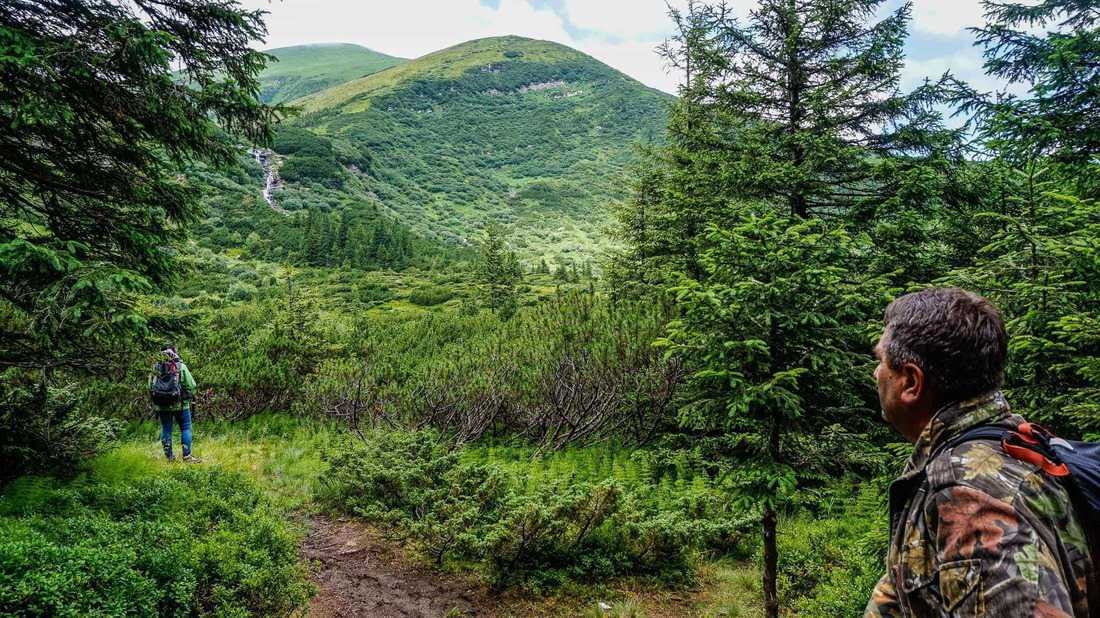An intact forest landscape & Wilderness
Two terms , two meaning, one objective….
First term – an intact forest landscape – is using in global concept, second term – Wilderness – is using also in the global concept but through the small adaptation makes its continent more specific and better understand and accepted by the people. The Wilderness in Europe is a good example!
An intact forest landscape (IFL) is interpreted as a seamless mosaic of forest and naturally treeless ecosystems with no remotely detected signs of human activity and a minimum area of 500 km2.
Wilderness represent a vital element of Europe’s natural and cultural heritage. In addition to their intrinsic value, they offer the opportunity for people to experience the spiritual quality of nature in the widest experiential sense – beyond mere physical and visual attributes, and in particular its psychological impact. They also provide important economic, social and environmental benefits, including ecosystem services, for local communities, landholders and society at large and a minimum area of 30 km2.
An intact forest landscape (IFL) are critical for stabilizing terrestrial carbon storage, harboring biodiversity, regulating hydrological regimes, and providing other ecosystem functions. However, the certification of logging concessions under responsible management had a negligible impact on slowing IFL fragmentation for example in the Congo Basin. Fragmentation of IFLs by logging and establishment of roads and other infrastructure initiates a cascade of changes that lead to landscape transformation and loss of conservation values….
More to learnt about an intact forest landscape read here and more learnt about European Wilderness read here…


